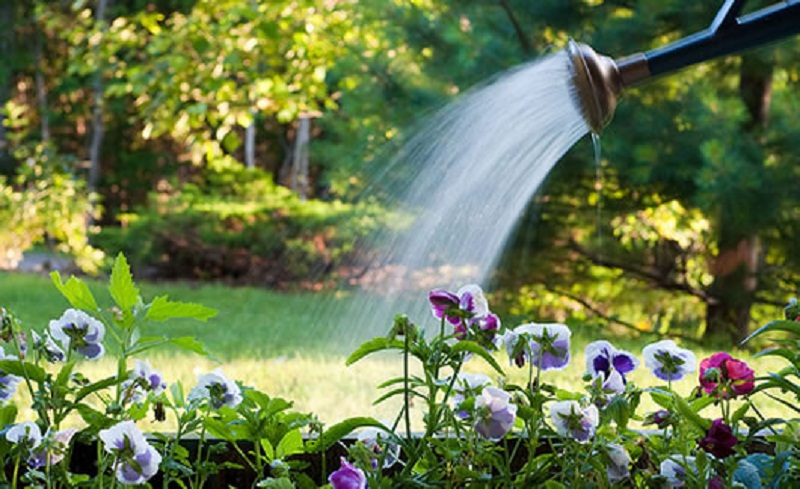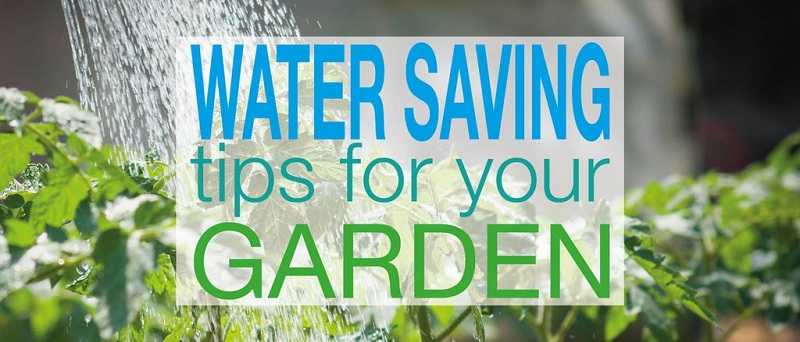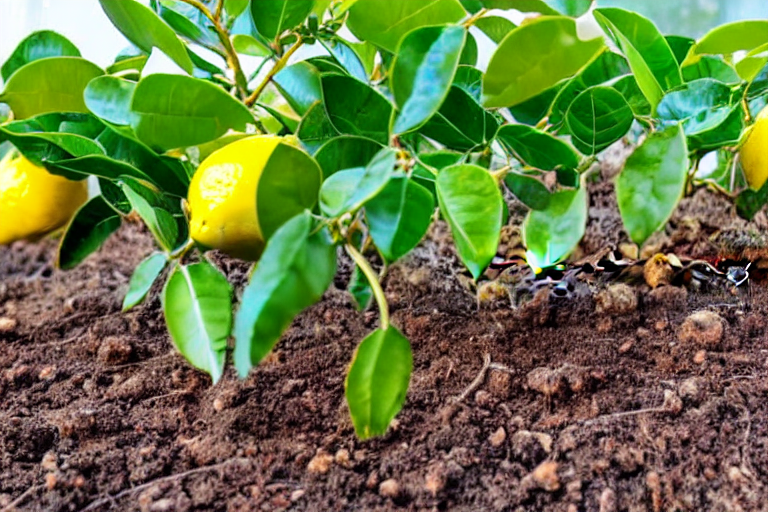One of the main concerns of users when taking care of the garden is the way to provide water to their plants. Without the necessary irrigation what we have planted will not grow and flourish in an expected way. In addition, a series of minimum specifications must be followed to properly irrigate. Since this depends on various factors such as the type of plant, the season of the year, the prevailing temperatures, etc. In this article, we share water saving ideas for the garden that should know.
Water is a necessary and scarce commodity. There are voices that say that before a shortage of water you should not have plants, but the truth is that before its scarcity, what you have to do is an adequate management of it. To have a garden is to love nature and, therefore, establish the bases to learn water saving ideas for the garden in order not to spend more than necessary. Any investment that we make in this sense is little to offer an optimized irrigation and the strictly necessary for our plants.
What should we consider in water saving ideas for the garden?

To save water in the garden we will take into account factors such as the season, the general ambient temperature, the type of plant, the type of terrain, the organization of the garden. And the various current irrigation systems to see what is optimal for each space.
According to the season of the year and time of day
The amount of water to be used in watering the garden depends to a large extent on the season and the place where we are. As a basic rule, since the beginning of spring and when temperatures begin to rise markedly, watering should be continued, sometimes 1 to 2 times a day and preferably in the afternoon because the heat of the sun causes the water to evaporate before.

In summer, we can exceed the irrigation of 2 times per day, also at the last minute. In autumn, it is enough to water once a day and it is also advisable to do it or in the afternoon or when we get up, that is to say at the first hour. While in winter we can distance them every two days or more.
But these indications are only general and indicative rules since you also have to take into account the particular needs of each species in particular and the specific weather. If for example there is a lot of rain, if it is a spring with little sun or if suddenly autumn is the hottest of years ago, we will modify the irrigation patterns to the prevailing conditions.
As for the observation of carrying out the risks in the late afternoon, we refer to moments in which the strength of the sun has lost its strength. We must make the nuance that the leaves and flowers of the watered plants must arrive dry at night, to avoid risks of attacks of some fungi that thrive when the humidity is prolonged in excess in time.
Depending on the type of plant or species

The amount of water to be used in irrigation is not the same for a fruit tree as for a vegetable, nor for a bush as for a small seasonal plant, and even for what kind of grass We can have in our garden. For example, in shrub type plants that are quite common in all kinds of gardens to separate spaces, an average of 40 liters / m2 is needed once a week. While for annual or biannual plants (also called seasonal plants) it is sufficient with 9 liters / m2 every two days, approximately. On the other hand, those small plants that we have in pots or planters, require a daily and constant irrigation given the limited volume of substrate they have.
Therefore, it is advisable to be informed of the needs of those species that we have in balconies and gardens to adapt the amount and frequency of irrigation, optimizing the amount of water used to the maximum.
Various irrigation systems
When we treat the different irrigation systems that can be used in the garden or small urban garden. We refer to more or less technically developed methods to distribute water during irrigation. Deciding which is the best is an error or at least an unsound opinion since its choice depends on the availability of water and its quality, type of garden and species planted in it, the distribution.

The even economic budget for its implementation. Here are some types of irrigation:
Irrigation with sprinklers
Sprinkler irrigation is a modern and appropriate system that allows water control. We find different types: fixed, mobile, circular or rotary. These can also be fixed or mobile in the garden. By the way, some of them allow the smallest of the house to play with the water in hot times of the year.
Drip irrigation
Localized drip irrigation is one of the most efficient in water saving since it is located only in those areas near the plant. Well-planned irrigation is provided with the right amount that corresponds to each type of plant. It is also feasible for indoor and outdoor plants and ideal when the user goes on vacation.
Irrigation through diffusers
It is usually a system of smaller size than sprinklers, which is why they are usually used in smaller spaces.
Irrigation with hose
It is a traditional system, but new technologies and materials have given different hoses, flexible and even extensible, to improve user comfort and irrigation in general.
Some water saving ideas for the garden

Mulching or mulching of the base of the plants. This trick means that the irrigation water, once the mulching or mulch layer has penetrated, reaches the substrate, does not evaporate and thus remains available to the plant as a whole. It has low cost and you can do it yourself for your garden, covering the soil of garden cultivation with various elements of natural origin such as pine bark, marble, etc.
Watering in the hours of lower heat. As we have pointed out before, it is better to water the plant’s first thing in the morning or at the end of the day so that the water does not evaporate because of the sun.
Group plants in zones. Another trick to spend less on water is to be able to group the plants in the garden according to zones and needs of the same at the time of planting. With this, the irrigation will be appropriate to the group of plants with similar needs and not in excess because some of the species require it with respect to the rest.
Rainwater. Collecting rainwater is another advice to water responsibly.
In all cases, a shortage or high cost of water is not an excuse for not having plants or garden. We have ideal irrigation systems and water saving ideas for the garden with correct irrigation management. If we add a committed attitude we can enjoy our plants in a manner that respects the environment.




